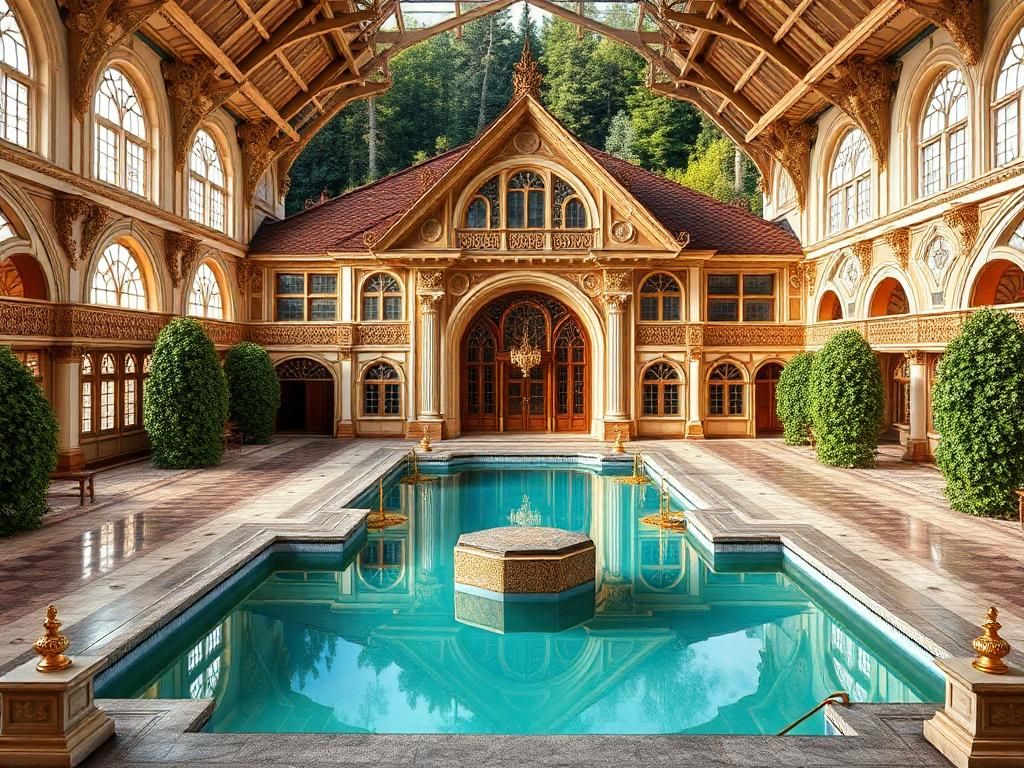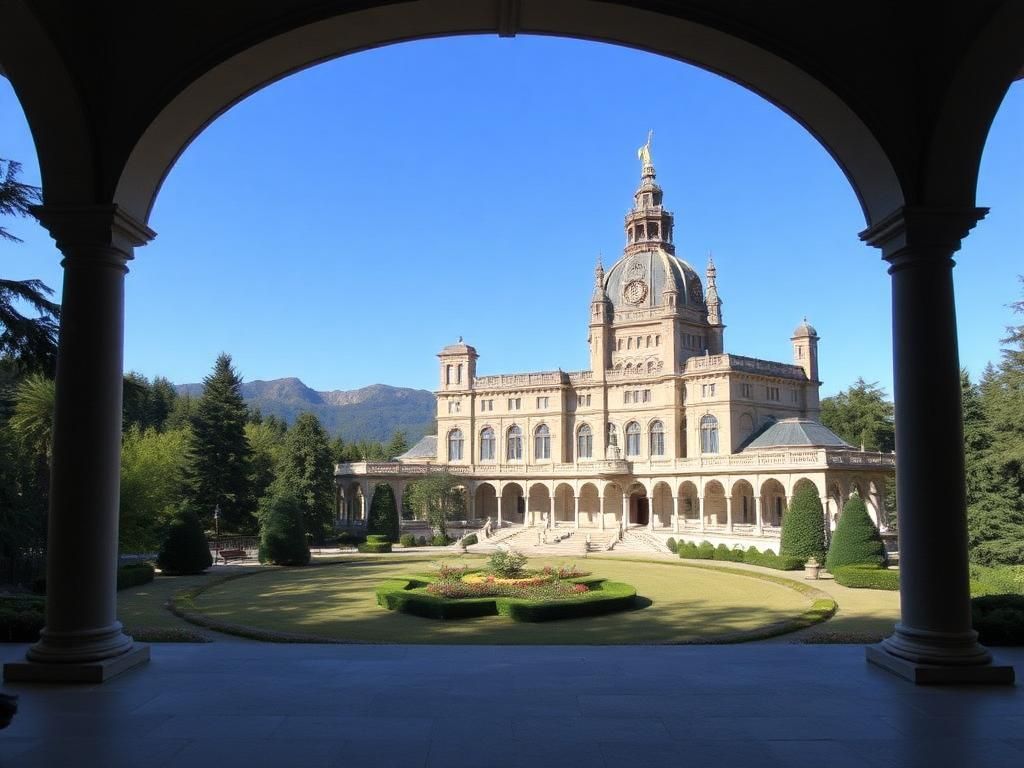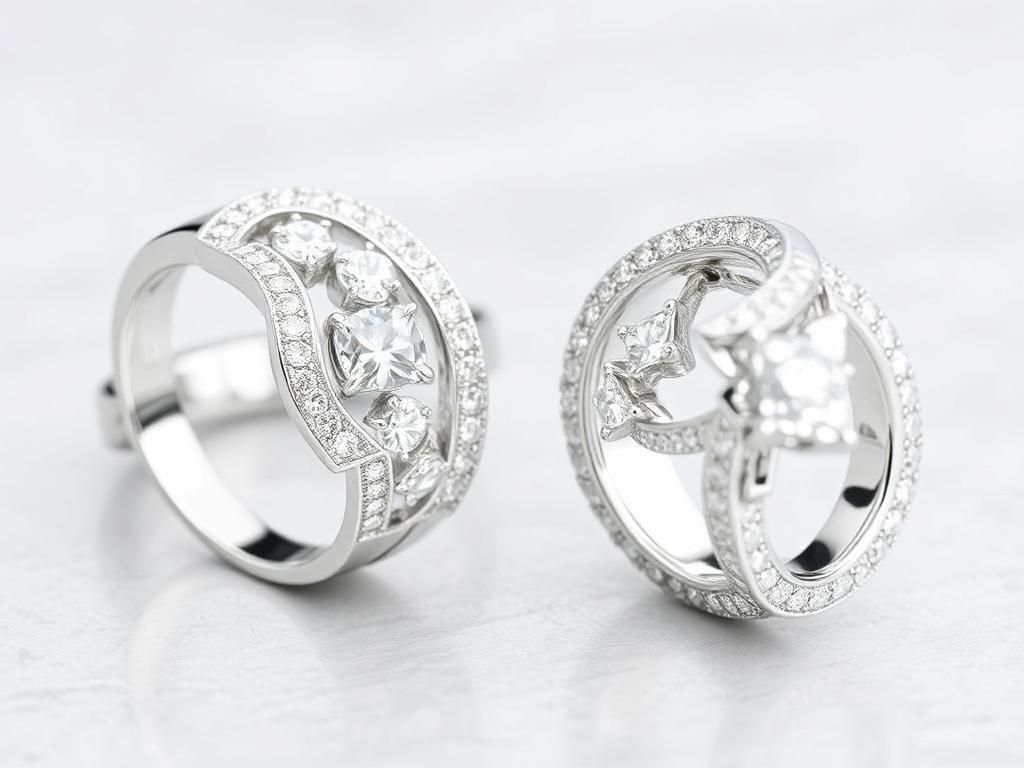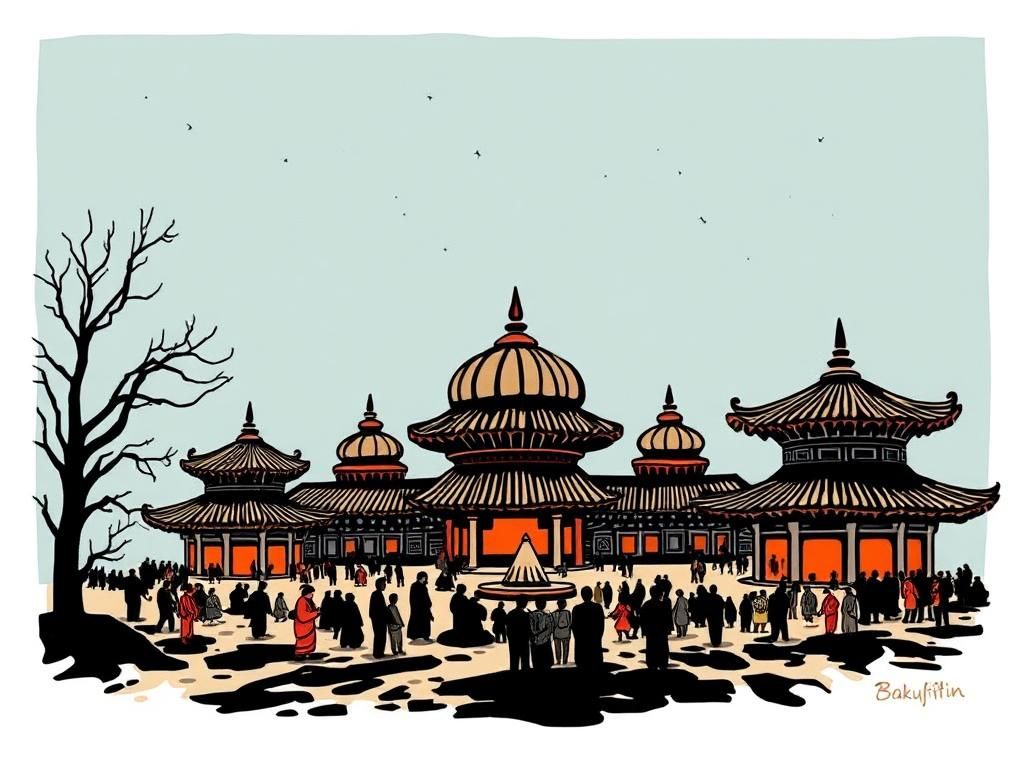Royal lodge refers to a luxurious retreat often utilized by royalty as a getaway from the formalities of court life. These lodges symbolize not only a physical escape but also a rich tradition rooted in royal culture and history. They serve various functions, from residence during state affairs to private sanctuaries for rest and relaxation. The significance of royal lodges varies across different monarchies, highlighting not only historical context but also architectural magnificence and cultural relevance.
This article aims to delve into the enticing world of royal lodges, uncovering their history, architectural features, and cultural importance. Additionally, we will explore several remarkable royal lodges from around the globe, revealing the stories and traditions that continue to shape them today.
History of Royal Lodges
Origins and Evolution
The origins of royal lodges can be traced back to the early days of monarchy when rulers required spaces away from palatial formalities. Initially, these lodges provided a respite into nature, where monarchs could enjoy hunting, art, and leisure. The design and function of these lodges have evolved over centuries, influenced by regional geography and the type of monarchy in power.
For instance, in England, royal lodges were often built within sprawling estates equipped for hunting. Conversely, in countries like France and Spain, lodges developed more into ornamental retreats that emphasized aesthetics.
Notable Historical Royal Lodges
- Windsor Royal Lodge: Nestled in Berkshire, this lodge has been a residence for various royals. Its story intertwines with the House of Windsor, featuring remarkable architecture from the 17th century embellishments.
- Sandringham House: A quintessential example of a royal lodge in the UK, Sandringham encompasses a variety of historical anecdotes, including its association with Queen Elizabeth II and her family’s many Christmas traditions.
- Frogmore Cottage: Situated within the grounds of Frogmore House, this cozy lodge gained notable attention as the residence of the Duke and Duchess of Sussex, reflecting modern royal retreat dynamics.
Architectural Features
Common Architectural Styles
Royal lodges exhibit a variety of architectural styles, showcasing the artistic evolution across different periods. Common styles include:
- Baroque: Characterized by grandeur and elaborate designs, Baroque lodges emphasize ostentation and symmetry, often featuring magnificent gardens.
- Gothic: Dominated by pointed arches and intricate stonework, Gothic lodges often convey a sense of elegance and historical depth.
- Neoclassical: Inspired by classical antiquity, these lodges showcase simplicity, emphasizing columns and grand facades.
Unique elements such as turrets, ornate ceilings, and engraved furnishings also characterize these lodges, presenting a holistic blend of artistic genius and royal flair.
Landscaping and Surroundings
The surroundings of a royal lodge play a critical role in its allure. Immaculately landscaped gardens complement the architecture, enhancing the overall experience of the lodge. Nature is integral to royal retreats, providing serene environments perfect for relaxation and rejuvenation. Notable landscaped gardens include:
- The gardens at Sandringham House, renowned for their seasonal blooms and historical trees.
- The picturesque grounds of Windsor Royal Lodge, which feature curated pathways and breathtaking views.
Cultural Significance
Role in Royal Ceremonies
Royal lodges have often been the backdrop for significant royal ceremonies and family gatherings, contributing immensely to national traditions. For instance, Sandringham House hosts annual Christmas celebrations, emphasizing familial bonds among the British royals.
Tradition and ceremony often intermingle, establishing a deep-rooted connection between the monarchy and cultural heritage.
Influences on Literature and Media
Royal lodges have left a substantial mark on literature, film, and art, often depicted as symbols of opulence and grandeur. They represent not just the royal lifestyle but the essence of power and grace. Iconic references to royal lodges can be seen in works such as Jane Austen’s novels and the popular Netflix series “The Crown,” which vividly portrays the life of the British royals.

Current Status of Royal Lodges
Ownership and Use
Today, many royal lodges continue to serve as residences for royal family members. The ownership often indicates a blend of tradition and modernity, with numerous lodges being utilized for both private retreats and official functions. Changes over the years reflect shifts in royal tradition; some lodges have transitioned to be used more as cultural heritage sites and tourist attractions.
Preservation and Restoration Efforts
Maintaining the historical significance of royal lodges is paramount. Several restoration projects have been undertaken to preserve the integrity and beauty of these structures. A notable example is the extensive restoration of Frogmore Cottage, emphasizing conservation efforts to retain its historical features while ensuring it meets modern standards.
Public Access and Tourism
Access to royal lodges can vary, with some sites open to the public and others maintained strictly as private residences. Popular tourist destinations include:
- The Royal Pavilion in Brighton, known for its exotic architecture.
- Sandringham House, which offers guided tours and seasonal exhibitions.
Visiting guidelines often include strict rules regarding photography and conduct, ensuring the preservation of these historic spaces while enriching the visitor experience.
Notable Royal Lodges Around the World
Royal Lodge in England
The Royal Lodge in England holds significant importance within the British monarchy. Located near Windsor, it combines timeless architecture with an expansive estate, embodying the grandeur associated with English royal residence.
La Lanterne (France)
Historically significant, La Lanterne served as a refuge for French presidents and dignitaries. Its modern utilization emphasizes both governmental and private functions, preserving its regal essence while adapting to contemporary needs.
Royal Pavilion (Brighton, England)
The Royal Pavilion, with its Indo-Saracenic architecture, is renowned for its unique exterior and lavish interiors. This cultural landmark serves as a testament to the artistic expression of royal identity and a popular tourist attraction.
Other Examples Globally
Across the globe, several royal lodges exhibit unique architectural styles and cultural significance. For instance:
- The Palace of Versailles in France, famous for its stunning gardens and extravagant design.
- The Summer Palace in Beijing, showcasing traditional Chinese architecture surrounded by serene landscapes.
Comparing these lodges reveals fascinating insights into how different cultures appreciate and celebrate their royal heritage through architectural expression.
Conclusion
Summary
Throughout this exploration of royal lodges, we’ve uncovered their rich history, distinctive architectural styles, and cultural importance in shaping royal traditions. Each lodge carries its unique narrative, contributing to our understanding of royal life and heritage.
Reflection on the Importance of Royal Lodges
Royal lodges remain a testament to an enduring legacy in modern culture. They symbolize a bridge between the past and present, inviting us to appreciate and explore the history behind these magnificent structures. The stories woven within their walls and gardens continue to inspire fascination and respect for royal heritage.
References
- Royal.uk – Official website of the British Royal Family.
- Historic England – Information about preserving historic sites in England.
| Royal Lodge | Location | Architectural Style | Current Use |
|---|---|---|---|
| Windsor Royal Lodge | Berkshire, England | Georgian/17th Century | Private Residence |
| Sandringham House | Norfolk, England | Victorian | Public Tours |
| Royal Pavilion | Brighton, England | Indo-Saracenic | Cultural Attraction |
| Frogmore Cottage | Berkshire, England | Victorian | Private Residence |
Frequently Asked Questions (FAQ)
What is a royal lodge?
A royal lodge is a luxurious residence used by royalty, often serving as a refuge for relaxation or hosting ceremonies.
Are royal lodges open to the public?
Some royal lodges, like Sandringham House and the Royal Pavilion, are open to the public for tours and events, while others are private residences.
What architectural styles are common in royal lodges?
Common styles include Baroque, Gothic, and Neoclassical, each showcasing unique elements reflecting their period and culture.
What is the significance of royal lodges in culture?
Royal lodges play a central role in royal ceremonies and traditions, serving as symbols of national heritage and continuity.
What are some notable royal lodges globally?
Examples include Windsor Royal Lodge in England, La Lanterne in France, and the Summer Palace in Beijing.
How are royal lodges preserved?
Efforts include restoration projects aimed at maintaining historical integrity while accommodating modern needs.
Can visitors take photographs at royal lodges?
Photography rules vary by location; many lodges restrict photography to protect their historical collections and ensure reverent visits.
What are some historical anecdotes associated with royal lodges?
Many royal lodges have fascinating stories, such as significant family gatherings and key ceremonial events that occurred within their walls.
What should I know before visiting a royal lodge?
It’s essential to review the visiting guidelines, which often include rules about photography, conduct, and appropriate dress.
How do royal lodges influence modern culture?
Royal lodges inspire contemporary media representations, sparking public interest in royal history and traditions that transcend generations.


